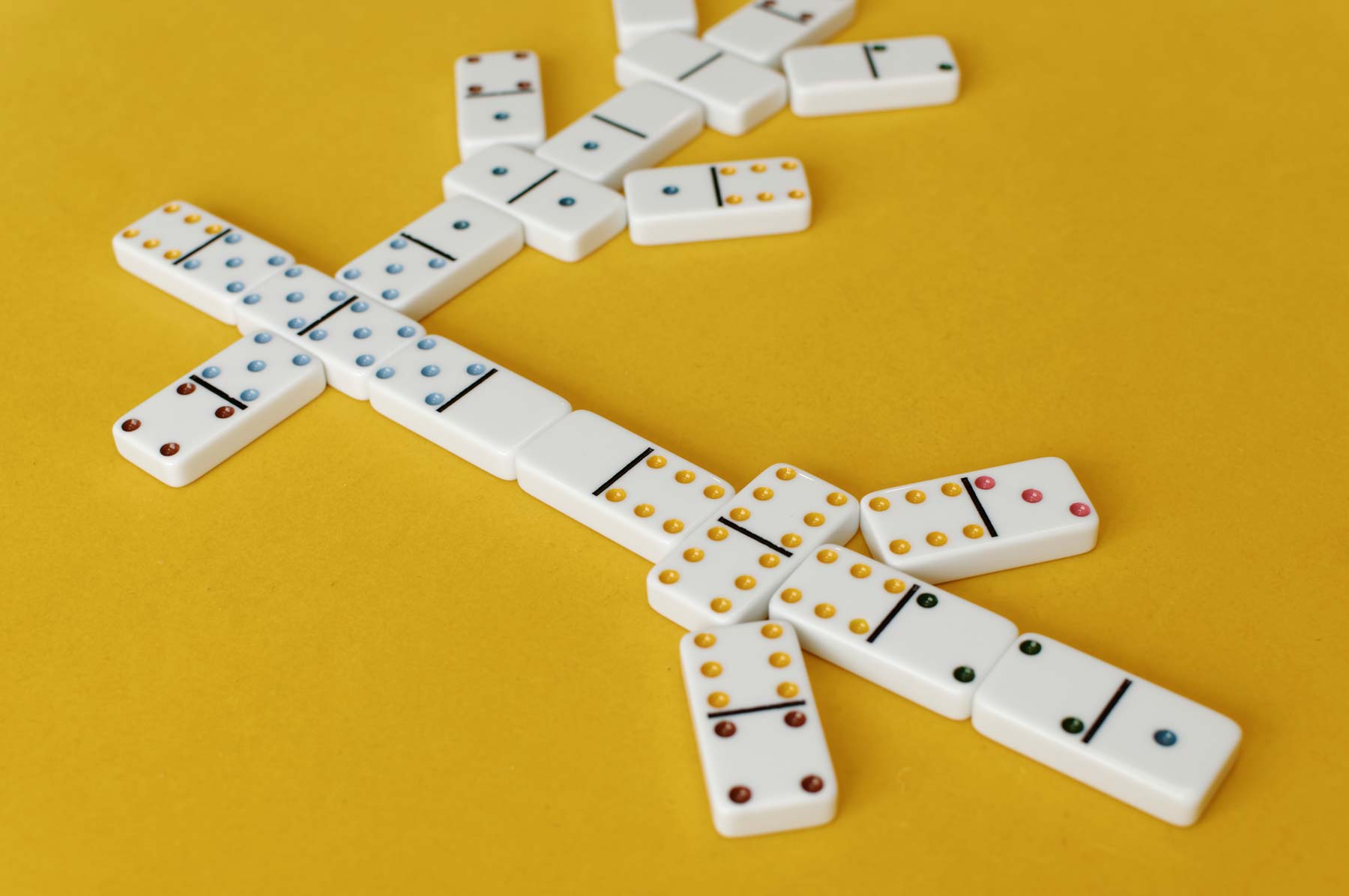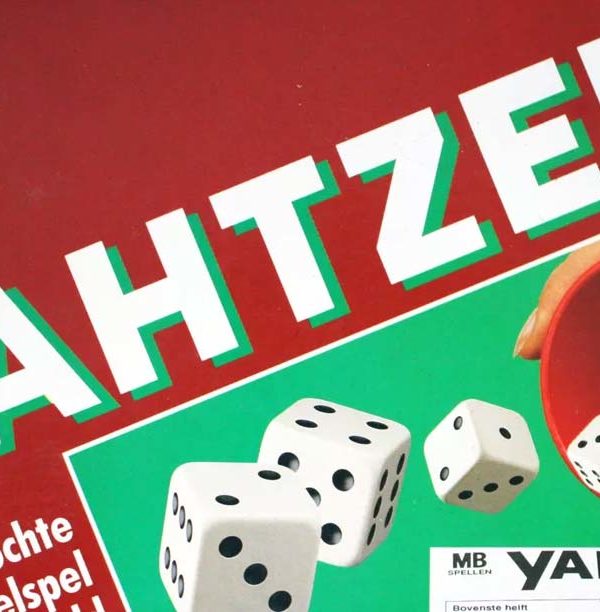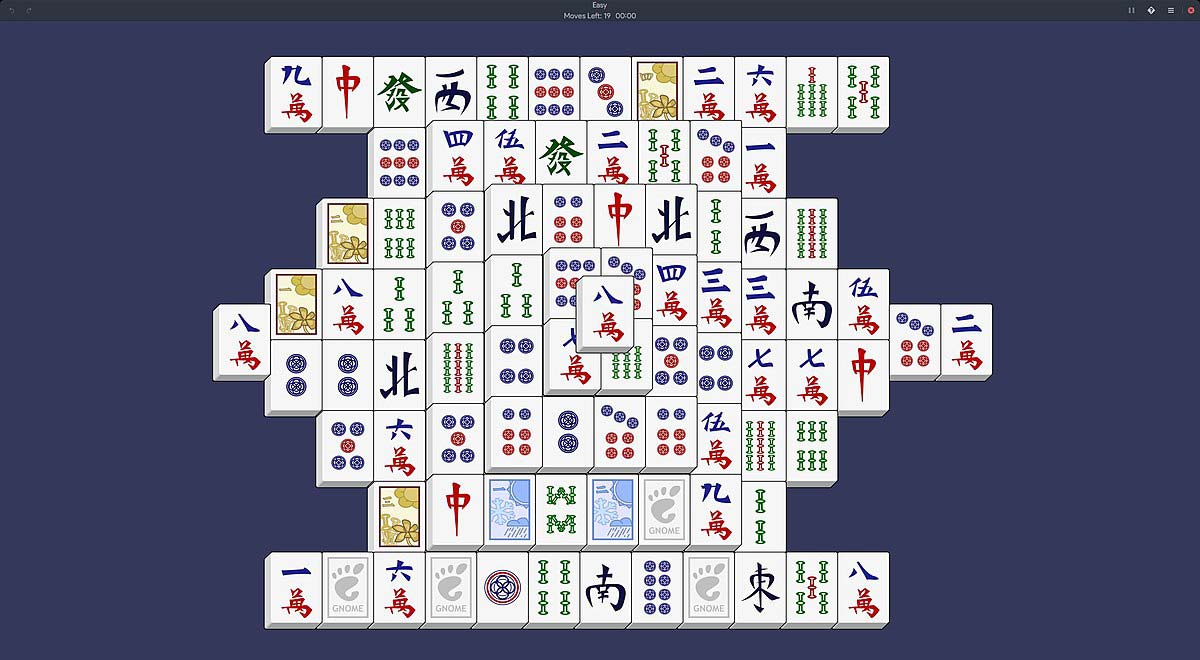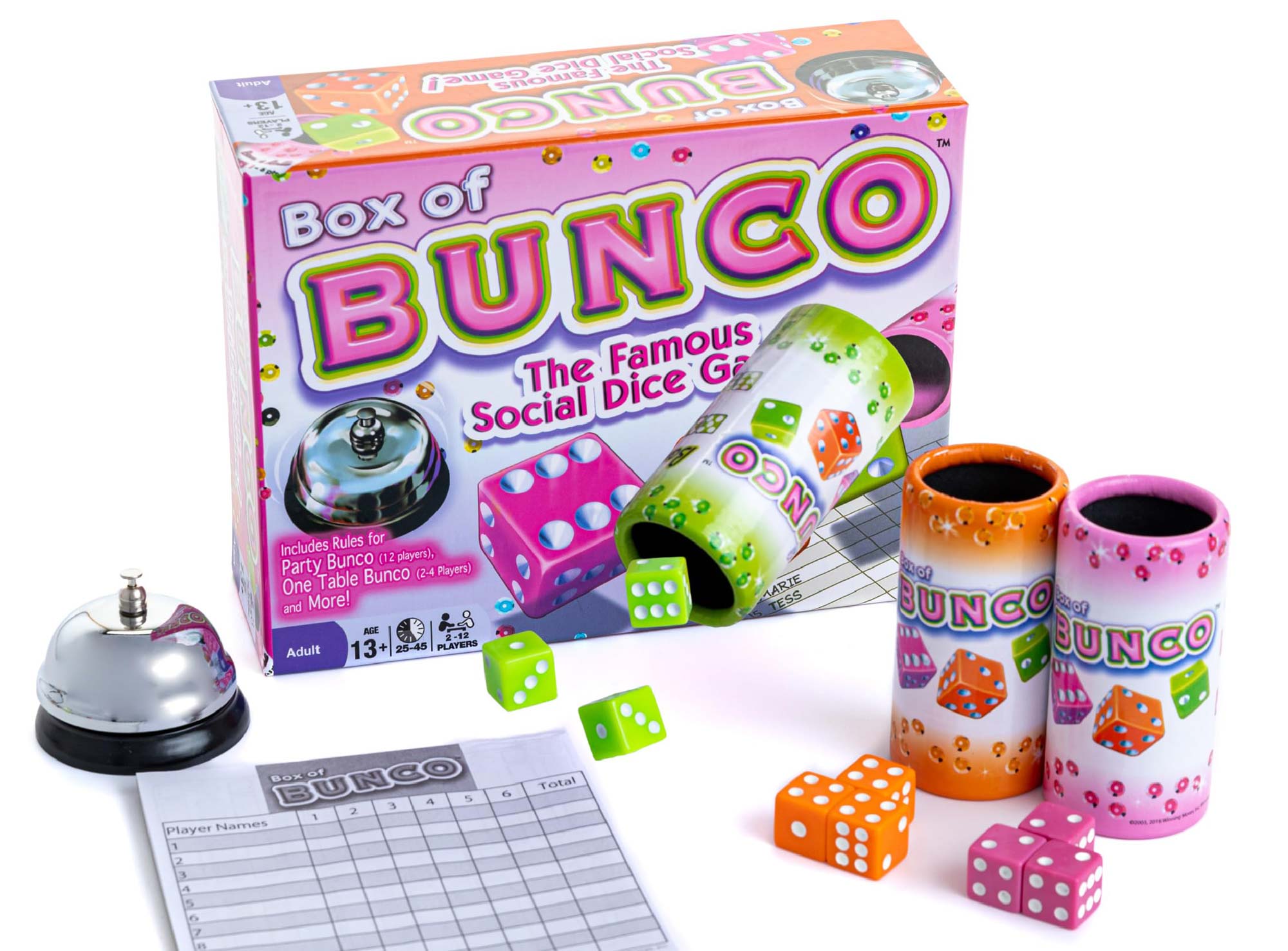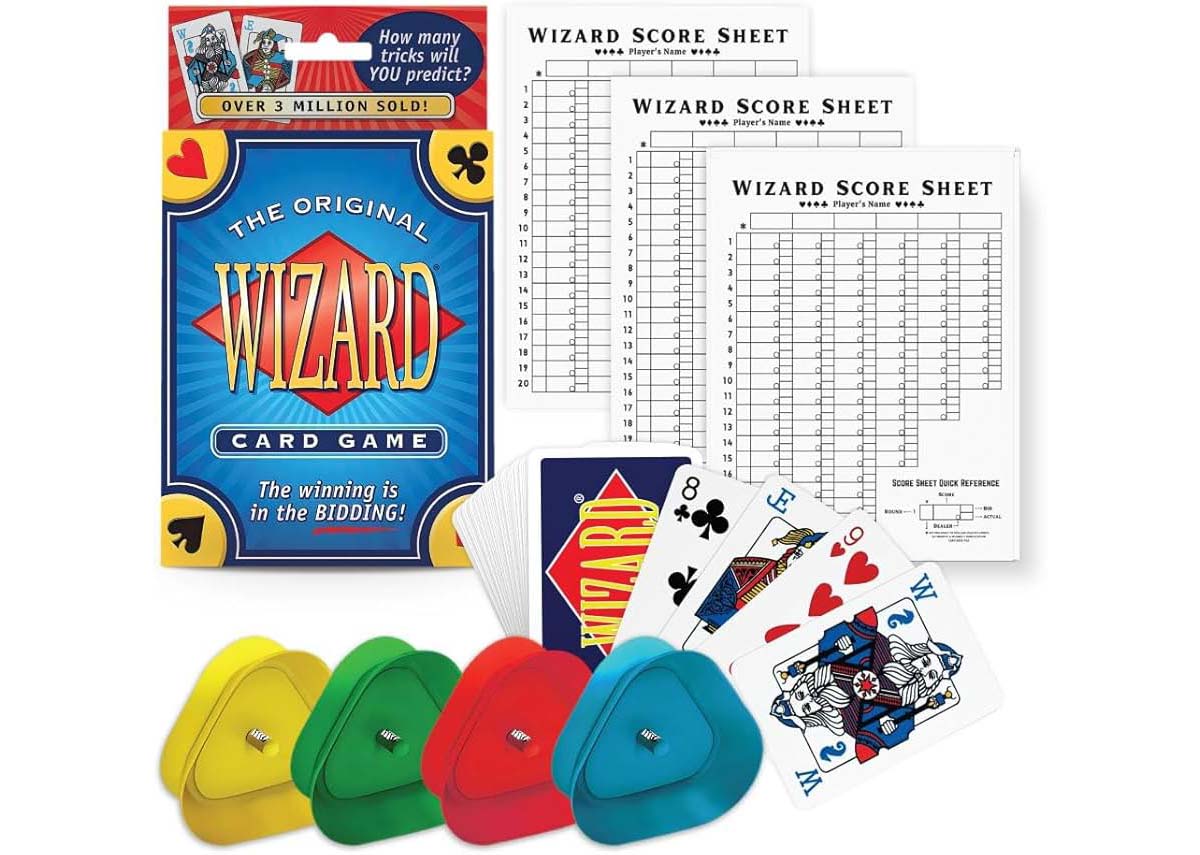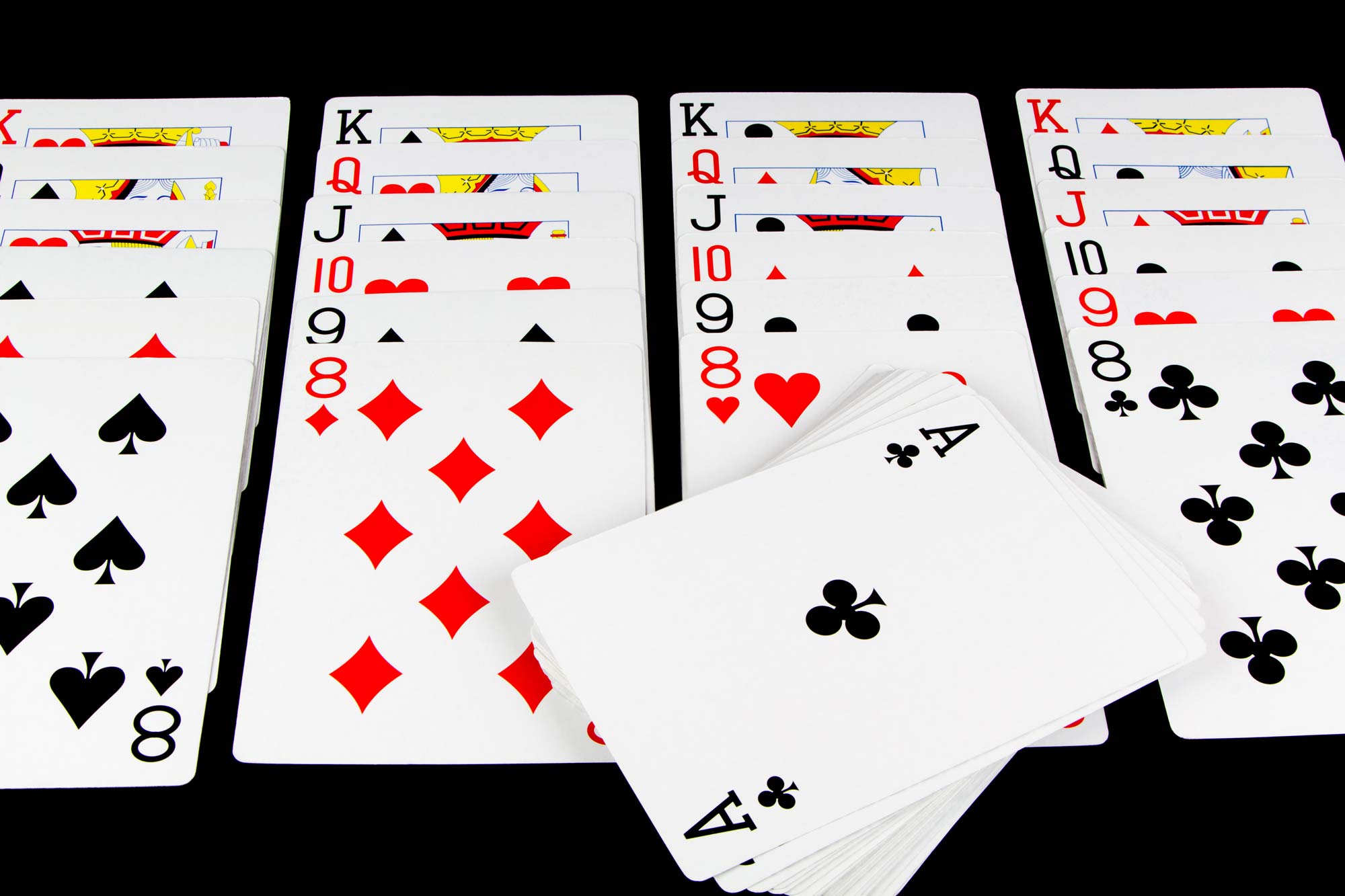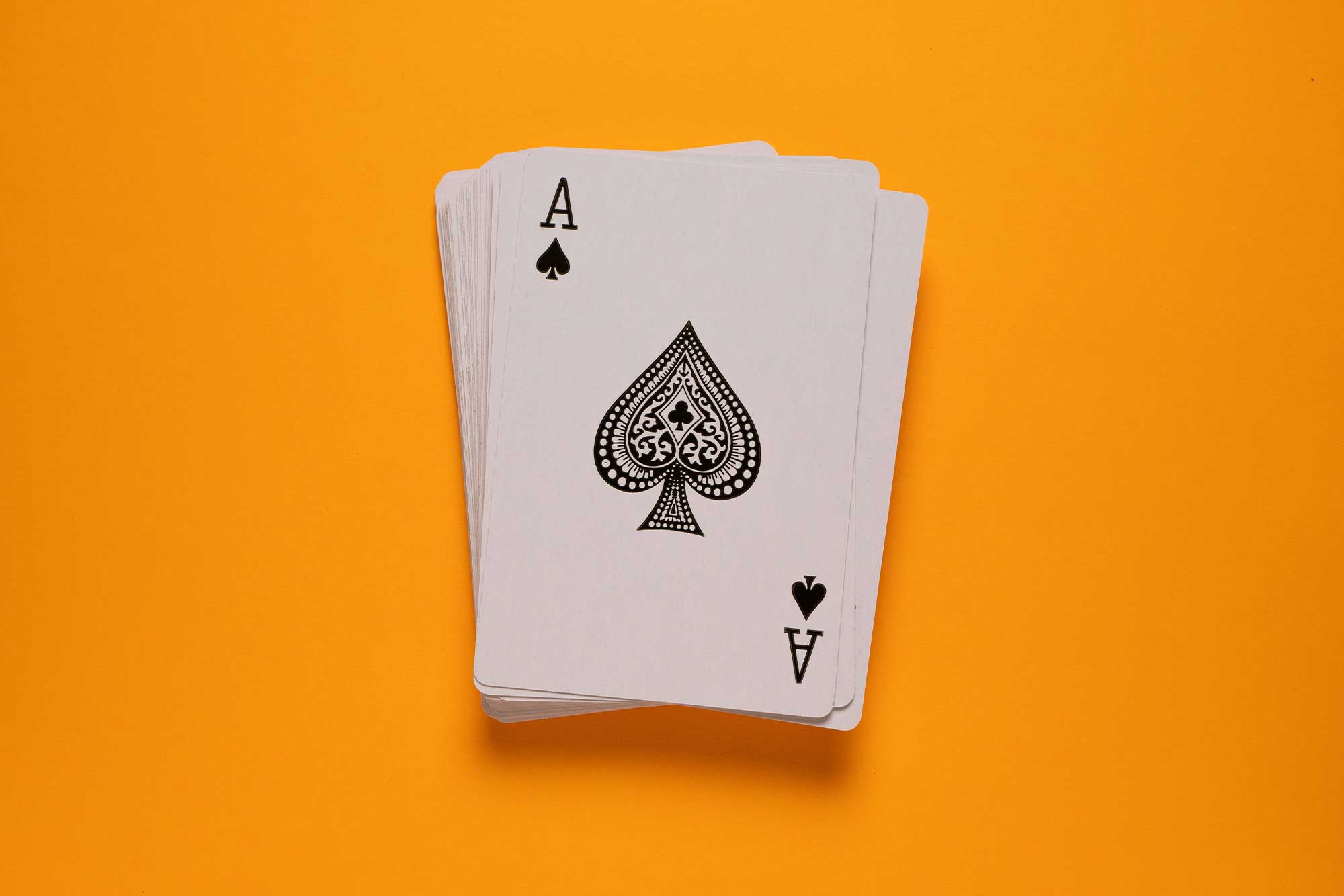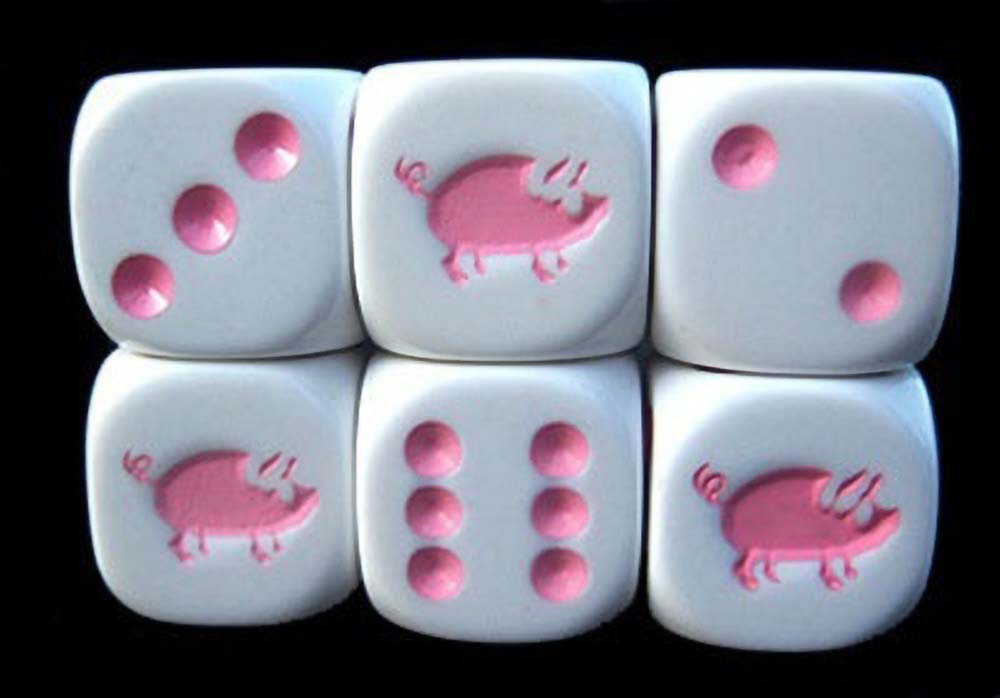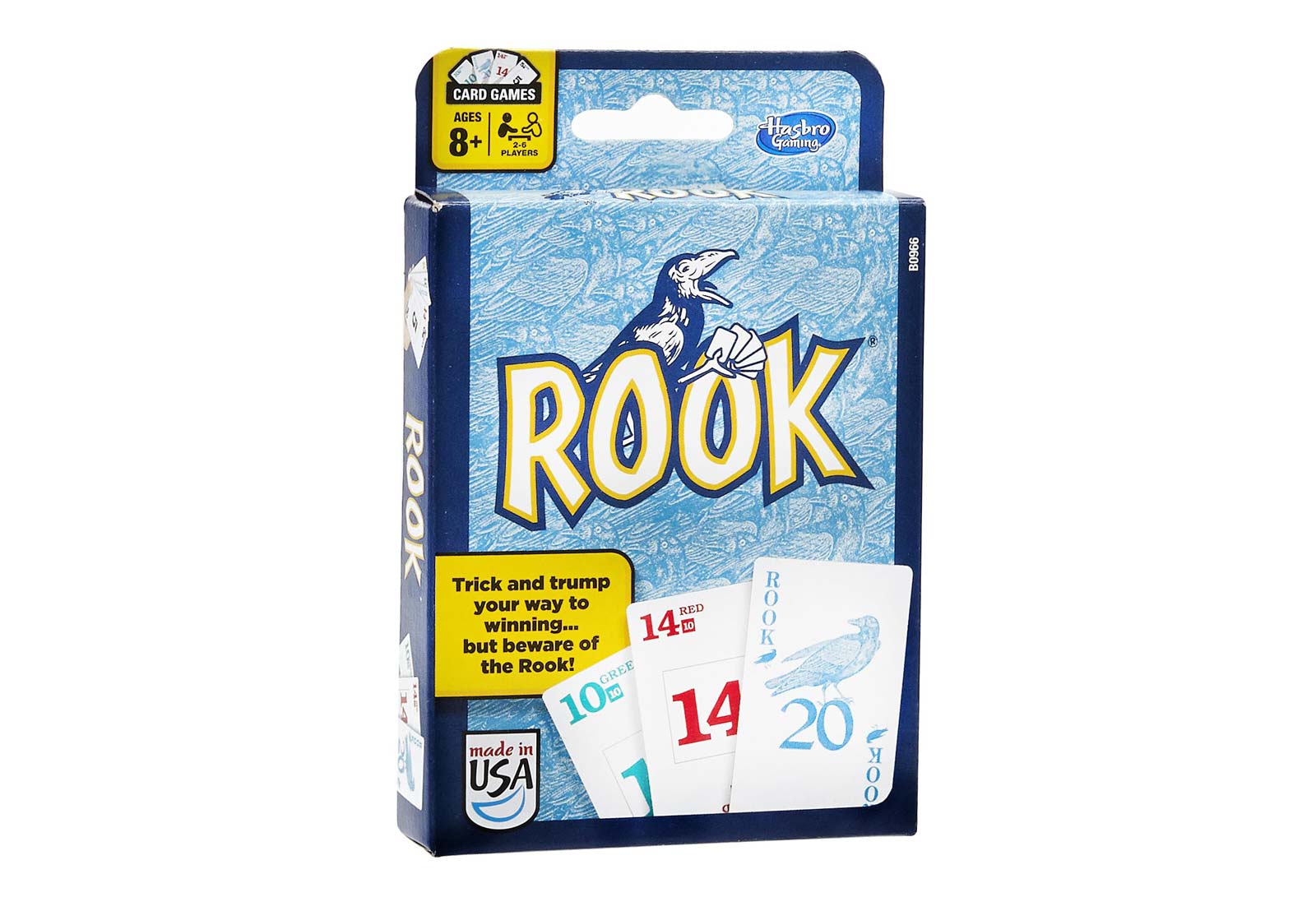
Imagine this: It’s a cozy evening, and you’re gathered around the table with family. Someone suggests a game, and out comes the domino set. But this isn’t just any game of dominoes—it’s Chicken Foot! The game’s unique shape and strategic depth make it a hit at any gathering. Chicken Foot Dominoes isn’t just about laying tiles; it’s about creating intricate patterns and outsmarting your opponents while having a good laugh.
Country of Origin: United States
Date of Origin: Late 20th century
Regions popular in: North America, particularly in Texas and the southern United States
Family: Tile games
Also Known As: Chicken Dominoes
Variants: Mexican Train, All Fives, Block Dominoes
Game Rules
Objective of the Game
The goal is to be the first player to play all your tiles or to have the lowest score based on the remaining pips.
Number of Players
Chicken Foot can be played by 2 to 8 players, making it a great choice for both small and large groups.
Tile Information
The game typically uses a double-nine or double-twelve domino set, consisting of 55 or 91 tiles, respectively. Each tile features two ends with a number of pips ranging from 0 to 9 or 0 to 12.
Setup
- Shuffle the tiles face-down on the table.
- Each player draws a certain number of tiles, depending on the number of players (for example, 7 tiles for 2-4 players, 5 tiles for 5-8 players, etc.).
- The remaining tiles form the boneyard (draw pile).
- The highest double is placed in the center hub to start the game. This double is known as the “Chickie.”
Basic Gameplay
- Players take turns playing tiles on the Chickie or the subsequent chicken feet formations.
- When a player plays a double, it creates a new chicken foot. Three tiles must be played off this double before players can continue with other plays.
- If a player cannot make a move, they must draw a tile from the boneyard. If they still cannot play, they pass their turn.
- The game continues until a player plays all their tiles or no one can make a move.
Winning Conditions
A player wins by being the first to play all their tiles. The round ends, and players calculate their scores based on the total number of pips left in their hands. The game is usually played over multiple rounds, with the winner being the player with the lowest cumulative score.
Key Terms
- Boneyard: The pile of remaining tiles after each player draws their initial hand. These tiles are drawn from when players cannot make a move.
- Pips: The dots on the domino tiles. Each end of a tile can have between 0 and 12 pips.
- Chickie: The initial double placed in the center hub to start the game. This tile serves as the foundation for the first chicken foot.
- Chicken Foot: A formation created by playing three tiles off a double, resembling a chicken’s foot.
Strategy and Tips
Ready to rule the roost? Here are some tips to help you dominate Chicken Foot Dominoes:
- Play Doubles Strategically: Playing a double can create new opportunities but also force you to complete the chicken foot. Use doubles wisely to control the game flow.
- Manage the Boneyard: Drawing from the boneyard can be a gamble. Try to keep track of the tiles already played to minimize the risk.
- Block Your Opponents: Pay attention to your opponents’ tiles and try to block their moves. This can force them to draw from the boneyard and disrupt their strategy.
- Keep Low-Pip Tiles: Holding onto low-pip tiles can help you manage your score and play more efficiently towards the end of the game.
Historical Background
Chicken Foot Dominoes emerged in the late 20th century in the United States, particularly in Texas and the southern regions. The game was created as a fun and engaging variation of traditional domino games, combining elements of strategy and chance. The unique “chicken foot” formation adds a layer of complexity and excitement, making it a popular choice for family gatherings and social events.
The game’s whimsical name and playful nature quickly caught on, spreading to other regions and becoming a favorite among domino enthusiasts. Over the years, Chicken Foot has evolved with different variations and house rules, adding to its charm and appeal.
Popularity and Cultural Impact
Chicken Foot Dominoes has become a beloved game, especially in North America. Its popularity can be attributed to its simple rules, strategic depth, and social interaction. Families and friends gather around the table to play Chicken Foot, creating memories and strengthening bonds.
In Texas and the southern United States, Chicken Foot is a staple at family reunions, barbecues, and community gatherings. The game’s accessibility makes it suitable for players of all ages, from young children to grandparents. Its appeal transcends generations, bringing people together for hours of fun.
Legends and Funny Stories
Legend has it that during a Chicken Foot tournament, a player’s mischievous cat decided to join the fun. The cat would swat at the tiles, disrupting the game and creating chaos. Despite the interruptions, everyone had a great time, and the cat became an honorary member of the Chicken Foot club.
On a funnier note, there’s a story of a group of friends who added a twist to their Chicken Foot games—they had to cluck like chickens whenever they played a double. The game turned into a hilarious chorus of clucking, with everyone laughing at their own and each other’s impersonations. The tradition caught on, making their Chicken Foot nights unforgettable.
Conclusion
Chicken Foot Dominoes is more than just a game—it’s a blend of strategy, fun, and social bonding. Whether you’re a seasoned player or new to the game, Chicken Foot offers endless excitement and challenges. So gather your friends, set up the tiles, and dive into the world of Chicken Foot Dominoes. Remember, it’s not just about winning; it’s about the thrill of the game, the laughter, and the memories you create along the way. Game on!
And there you have it—a guide to mastering Chicken Foot Dominoes, filled with tips, history, and a dash of humor. Ready to challenge your friends and show off your newfound skills? Let’s get those chicken feet clucking!
